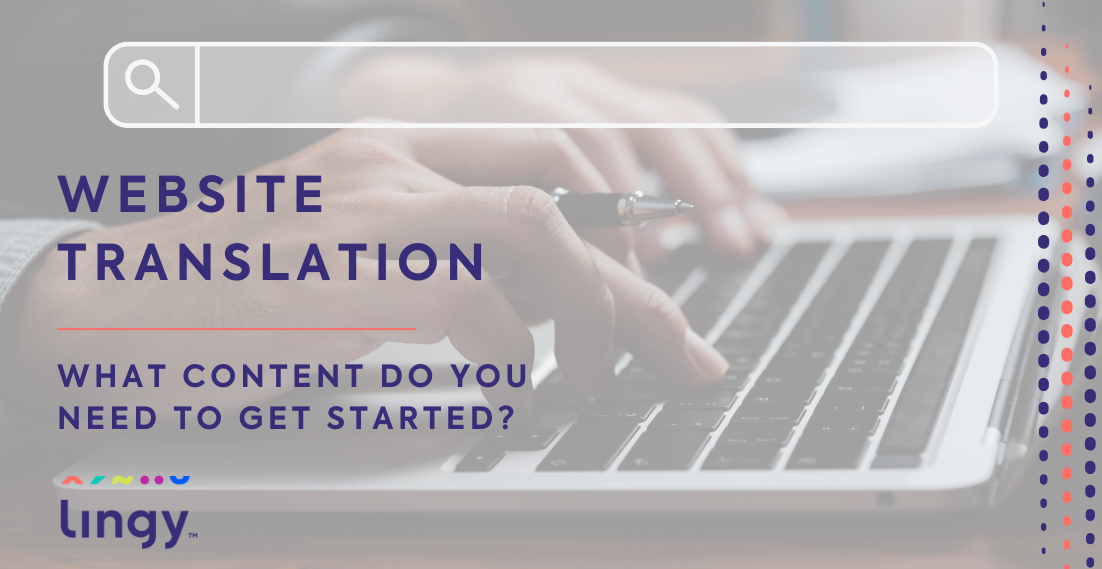How to Create a Multilingual Website Using WordPress

Did you know that a multilingual website gives you an edge over your competitors? Having a business or personal blog which is translated into several languages, for example, Chinese, French, Spanish or German means you reach a bigger audience than your business rivals. They probably use only one language, most likely English, meaning they lose out on a large number of potential customers.
With your multilingual website, your web traffic may multiply simply because you provide content in various languages. Offering your product information to clients in their native languages also makes them more receptive to your brand and could lead to more sales.
How do you make your website multilingual? You don’t have to be a rocket scientist to do that. Follow these simple steps on WordPress and you’ll be able to have a multilingual website.
1. Begin by building your website
WordPress allows you to create your website from scratch using several templates on its content management system. You can choose from thousands of great themes which offer you different layouts, colors and so on. The good thing is you can build your website all by yourself if you’re a small business with no budget to hire a graphic designer or developer.
2. Make your website multilingual
Once you build your site you can now take the next step to make it available in several languages. There are two ways to go about translating your website on WordPress. One is manual and the other automated.
To do it manually you’ll have to install and activate the Polylang plugin. To install it to go to plugins from your WordPress dashboard. Click on ‘add new’ then search for Polylang. When you see it click on it to have it installed and when this is done press activate.
Proceed to settings to configure the plugin. Here you’ll be able to select your website’s default language and select all other languages you want your WordPress posts, pages or categories to be in. With Polylang you’ll be able to type translations of all your material and translated posts will be available on your website for visitors who prefer to consume your content in that language.
To translate an article, choose the post and click ‘edit’. Then proceed to type the content into the desired language in the blank space provided.
The second option would be to automate the translation process. Using the Google language translator your website will be available in languages you choose. You will also have to install and activate this plugin.
When you install Google translate you can pick from over 100 languages to have blog posts translated to. When an internet user visits your website they will be offered the languages you choose as options to read your content.
Manual or automated translation
I would highly recommend that you do the translation of your content personally. If you’re not able to do this yourself I suggest you hire qualified translators.
Using machine translators like Google translate may be fast and convenient but the quality of your translated content may suffer. By choosing to do your content translation manually you have control over the quality and don’t risk making embarrassing mistakes with your translated content.
Choosing manual translation, however, doesn’t mean you have to wait for days to get content ready for publishing. At Lingy we can have a description of your services, information about your company, contact details or regular posts on your blog ready for you in a few hours.
So, avoid the mistakes that may occur with automated translation and go with human translation.
Translation of your website? We will take care of it!
Website translation – what content do you need to get started?
Let’s see how to approach website translation strategically and decide which content is essential at the start.
Christmas Sale and Google Ads Campaign – How Marketing Translation Boosts Your Holiday Advertising
The Christmas season is a peak period for every marketing team and marketer. From e-commerce stores to service providers, everyone competes for the attention of shoppers ready to spend. A well-planned Google Ads campaign can make or break your holiday sales. But even the most creative advertising copy will fall flat if your message isn’t […]
Q4 Marketing Campaigns – The Last Call to Translate Your Online Content
In the last quarter of the year, many companies – especially in e-commerce – record their highest sales figures. Christmas shopping, clearance events, and Black Friday promotions encourage purchases not only because of discounted prices but also, due to powerful marketing campaigns that spark consumer excitement.
Tips for Managing your Multilingual Instagram account correctly
Instagram Marketing Strategy in a Globalized World Today, Instagram is the most popular social media platform that exists. People of all ages and backgrounds are trying to optimize their usage of it, from everyday users aspiring to be influencers to brands exploring the enormous range of opportunities Instagram offers in social media marketing. Instagram is […]



